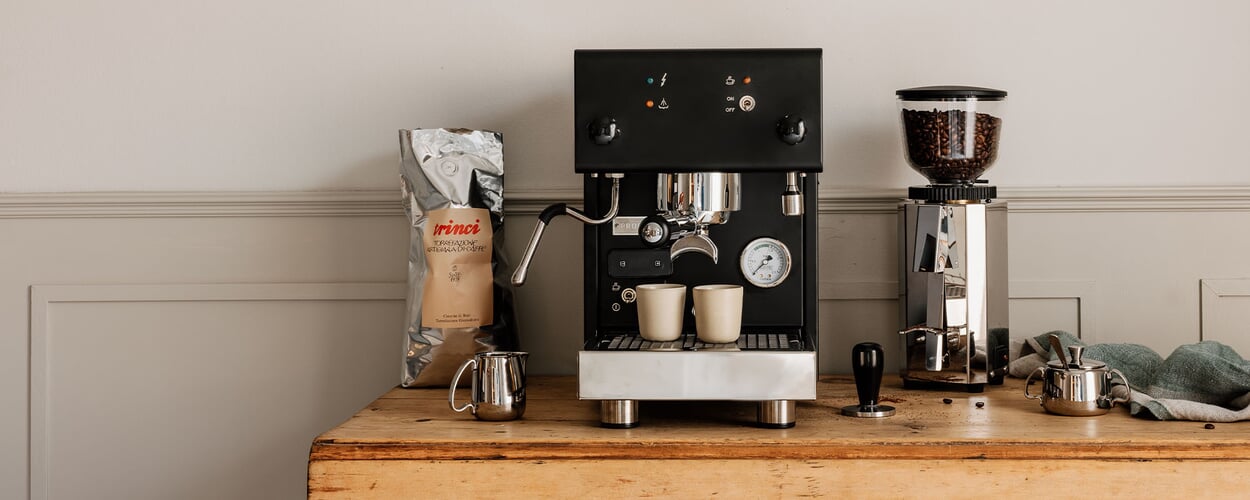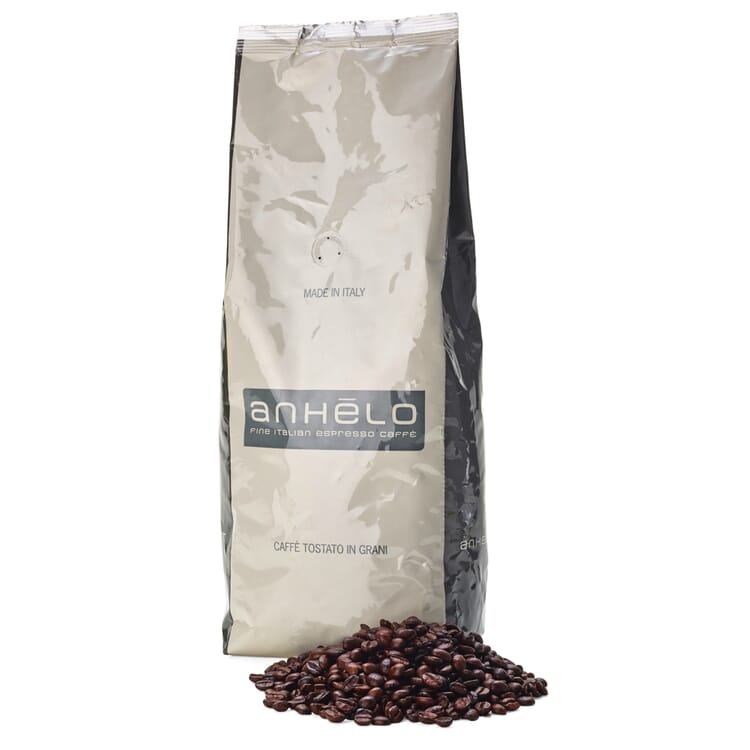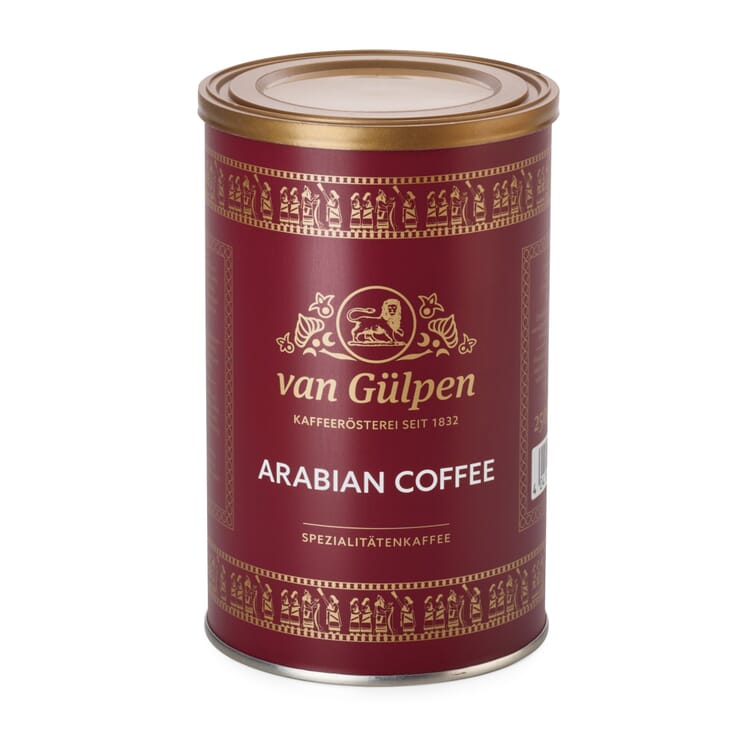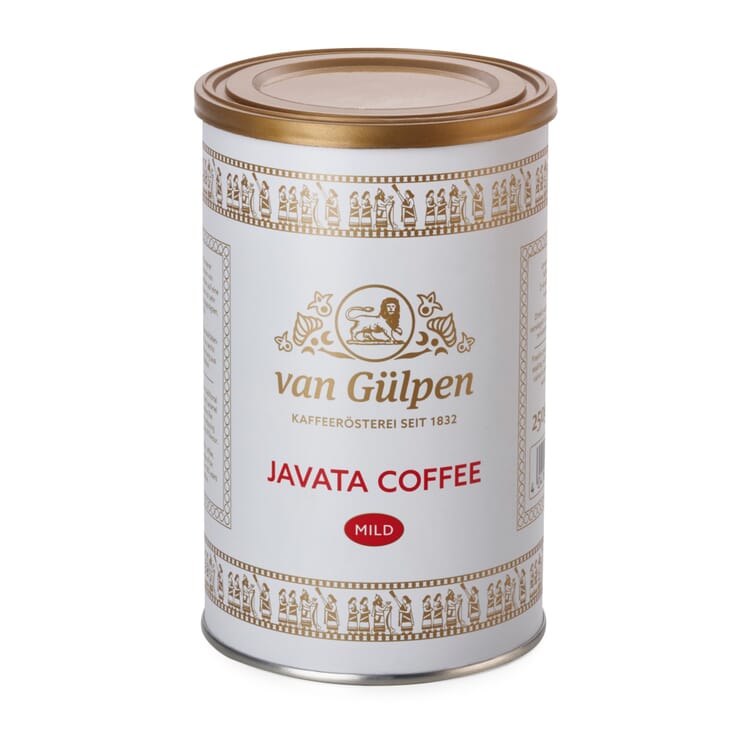Helpful tips
How to recognize a good espresso
Imagine you are back in school and you have to write an essay. The topic: "What is espresso?" - So? Could you give a sophisticated answer? If so: respect, you have a clue. If not: no shame. Because probably only very few Germans have a concrete idea of what constitutes a real espresso and what characteristics an espresso machine must have in order to prepare the small, strong coffee in such a way that it meets the high Italian requirements. You have to pressurize it properly, that's the secret. And we'll also tell you how it works.
An espresso maker is not an espresso machine. It doesn't even make espresso.
The traveling frahling lover doesn't have it easy, because when it comes to caffeinated hot drinks, Babylonian linguistic confusion reigns. If you order a coffee (or better a "caffè") in Italy, you get what is known in Germany as an espresso. A highly concentrated coffee preparation, made under great pressure in a massive, usually shiny chrome and imposingly hissing espresso machine of the perceived size of a small Asian car.
If, on the other hand, one is a guest in an Italian private home, the "caffè" is classically made in a dainty "caffettiera" on the stove. However, the strong, braune brew is by no means the same as the variant available in bars. While a good espresso machine brews at a pressure of exactly 9 bar, the small stove-top cans reach a maximum of 1.5 to 3 bar. Both produce tasty coffee, but only the high-pressure version can be called espresso (or better: caffè espresso), because only it produces the crema that is constitutive of an espresso. Strictly speaking, the German term "Espressokocher" for the handy home alternative is therefore misleading. However, we don't have a better one at hand either. We will therefore limit ourselves to showing you the differences between the two devices and leave the choice up to you.
Strictly defined. This is an espresso
Espresso is an Italian national treasure. And sanctuaries are taken seriously in Italy. Accordingly, a "National Institute for Italian Espresso" ensures that all requirements are clearly formulated. Accordingly, a certified Italian espresso meets the following characteristics:
- It has a crema. But not just any crema. It must be hazelnut to darkbraun with lighter braunreflections and a very fine texture. Bubbles, no matter how small, are a sign of poor quality.
- A true Italian espresso smells of flowers, chocolate and toasted bread. And of course it tastes like it. The aroma lasts even after drinking it.
- It tastes round, has substance and an almost velvety consistency. Acidity and bitter flavors are well balanced. A furry mouthfeel should be perceptible only in minimal hints (if at all).
Such an espresso does not brew itself. It is the result of a highly complex interplay of chemistry and physics. And that's where the espresso machine comes in. The following conditions must be met in order to create an ideal type of espresso, according to the aforementioned institute (and we'll assume that they know what they're talking about):
- Each cup is extracted from 7 g (+/- 0.5 g) of the best ground espresso powder.The boiler temperature should be between 92 and 96°C, the temperature when leaving the espresso machine should be 88°C (+/- 2°C) and the temperature in the cup should be 67°C (+/- 3°C). If the temperature deviates too much upwards or downwards, the espresso will be either too bitter or too acidic
- The optimum brewing pressure is 9 bar (+/- 1 bar), which requires a boiler pressure of 1 to 1.02 bar. Only with such a pressure will a crema be produced as it is in the book.
- If the coffee water brewing time is 25 seconds (+/- 5 seconds), you (and your espresso machine) have done everything right. During this time, as many aromas as possible are extracted without allowing bitter substances to gain the upper hand
- The volume in the cup, including the crema, should subsequently amount to 25 ml (+/- 2.5 ml): 25 ml of perfect espresso enjoyment.
Quality criteria of an espresso machine
Admittedly: Not only does this sound extremely complex, it also requires a great deal of technical precision. A good espresso machine should therefore meet the following requirements:
- To keep the temperatures constant at the required level, the boiler should be made of brass or steel. Cheap machines sometimes use aluminum, which not only cools down too quickly, but also gives the espresso an undesirable metallic aftertaste
- Not only the boiler should be able to store temperature, but also the pipes and the brew group contribute to properly tempered espresso: Copper pipes and a (chrome-plated) brass portafilter are ideal.
- Those who like to process their espresso into cappuccino or latte macchiato are well advised to use a dual-circuit espresso machine. Here, two water circuits with different temperatures work at the optimum temperature of steam and brewing water, thus enabling parallel preparation of espresso and milk foam. In order to produce the perfect crema, a good espresso machine must not only be able to reach the pressure of 9 bar, but also to maintain it constantly. Piston pumps in particular are often unable to achieve the desired performance, which is why devices with vibratory or rotary pumps should be given preference.
- The hand lever machine is an exception here, as it always builds up pressure via a piston. Here, the user is responsible for building up an even pressure - this requires strength and dexterity
- The higher the quality of a machine, the more extensive are often the possibilities for monitoring the machine's performance. Particularly deep insights are provided by devices with double pressure gauges, on which one can read not only the brewing pressure, but also the boiler pressure. However, the lack of such a display does not indicate a lack of quality. On the contrary, a pressure gauge offers additional convenience and shows potential for improvement.
The human factor. The operation of an espresso machine
Even if a high-quality espresso machine can (and should) relieve you of a good part of the responsibility, the human factor plays a major role in the production of a perfect espresso. You should keep the following aspects in mind:
- The espresso blend, the roasting and the age of the beans play a role that should not be underestimated. Ideally, there should be at least two to a maximum of ten days between roasting and consumption. Initially, the beans still contain too much CO₂, which can negatively affect the shelf life of the crema, older coffee, on the other hand, loses aroma
- The essential factor, however, in which you hold the strings, is the grinding of the beans, because it affects the flow rate and thus the extraction of the flavors. A good espresso grinder, at best infinitely adjustable or with many degrees of adjustment in the lower grinding range, therefore belongs in the household of every ambitious espresso drinker. If the throughput time of the coffee water is too low, one can come closer to the ideal of espresso preparation by finer grinding of the powder, which offers more resistance. If, on the other hand, it is too high, the grind should be set coarser.
- The measurement of the powder quantity is also always in your hands with all our machines: 7 g should be it. The powder should always be smoothed or tamped in the portafilter. The coffee is compacted in the portafilter with stamp-like presses, which on the one hand affects the flow rate and on the other hand ensures that the powder is evenly moistened.
- Last but not least, only a well-maintained espresso machine is a good espresso machine. Brew group, sieves and also external parts should be cleaned regularly, so that no residues that can change the taste can settle. Here, too, there is a risk that the espresso will become bitter
- You can find more tips on improving your coffee enjoyment on our topic page "Making coffee".
Handpicked coffee beans with fine flavors
Caffè or espresso. It's latte. The main thing is that it tastes good
One can summarize: An espresso is not a bean or a particular blend of different coffees, as is often mistakenly assumed - espresso is rather a very special way of preparing coffee. This is primarily linked to the level of pressure and the duration of contact between water and coffee powder - values that can only be achieved by an espresso machine. But even if the "caffè" produced by an espresso maker is not espresso according to the classic definition, as long as it tastes good to you and the capabilities of such a device meet your needs, you should grab it here. After all, what millions of Italian coffee connoisseurs consume at home can't be bad. It's just different. And you have to know that.





















